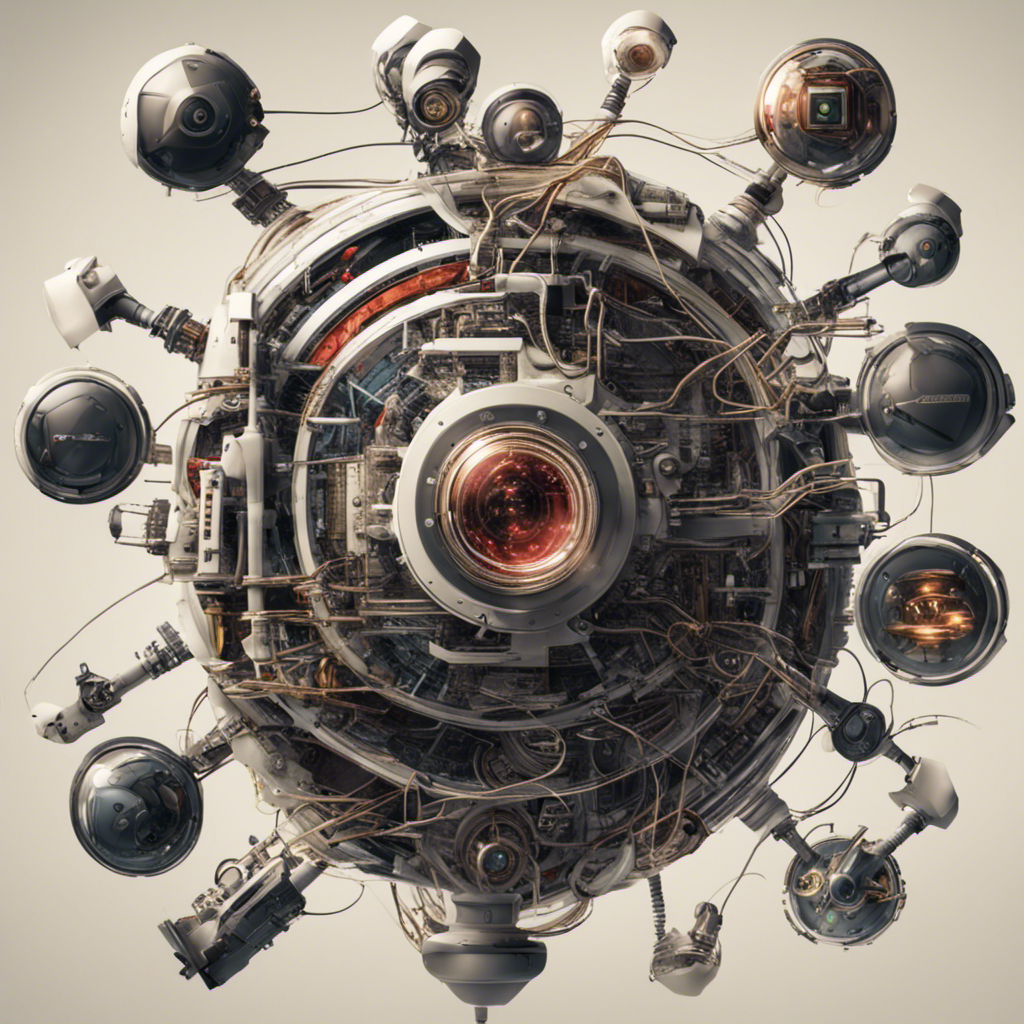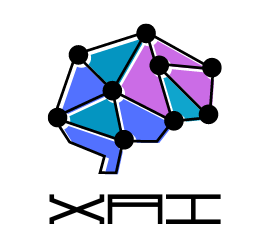The Before
The technological singularity refers to the hypothetical point in time when artificial intelligence surpasses human intelligence, leading to unprecedented societal change. Views on the singularity range from dismissing it as science fiction to considering it an inevitable event. Regardless, progress in artificial intelligence and related fields is bringing us closer to the possibility.
A key challenge in the development of artificial general intelligence (AGI) is modeling the breadth of human cognitive capabilities. While current narrow AI excels at specific singular tasks, actualizing AGI requires synthesizing interdisciplinary knowledge from several fields including biology, neuroscience, and mathematics. This is necessary to replicate core facets of human intelligence like memory, reasoning, and decision-making in a computable framework. Technical work is needed to codify the complex dynamics of biological neural systems and human psychology into rigorous mathematical representations and functional algorithms. Advancing AGI will rely on assimilating insights across the sciences into formalisms that can be technically implemented and empirically validated to achieve human-level artificial cognition. Close collaboration between engineers, computer scientists, mathematicians, and researchers in the mind sciences will be critical for translating theoretical models of general intelligence into usable technological substrates.

The development of artificial general intelligence (AGI) has the potential to enable transformative technologies that could profoundly impact humanity. However, there are still open research questions regarding the fundamental nature of intelligence and consciousness that must be addressed to ensure AGI is developed responsibly and benefits society. Mathematical fields such as nonlinear dynamics and game theory (cooperative and non-cooperative) may provide frameworks to understand the co-evolution of human and machine intellect. With careful consideration of safety practices and ethics, the hypothesized technological singularity through the actualization of AGI could catalyze immense technological and societal advancement for humanity. However, without sufficient foresight and planning, the emergence of AGI also poses risks of disrupting society in unpredictable and potentially dangerous ways. A nuanced understanding of the socio-technological landscape is required to grapple with deep philosophical questions about the essence of human nature and to envision how we want these technologies to be directed for our collective future. Continued research and discussion within the technical community can help ensure the responsible and beneficial development of artificial general intelligence.
Given the rapid advances in machine learning and generative AI models such as large language models (LLMs), diffusion models, and others, accurately delineating categories of artificial intelligence remains an open challenge absent validated computational modalities that successfully emulate integral facets of human cognitive processes. Current machine learning systems display narrow intelligence – performing specific tasks very well, but not exhibiting general, human-like cognition. Theoretical frameworks could allow simulating intelligence computationally, by encoding cognitive functions into interconnected nodes. In theory, therefore, existing techno-scientific frameworks could enable the development of neural network prototypes capable of emulating the mind. A diverse array of mathematical, scientific, and logical concepts may be required to encode cognitive functions into interconnected nodes within an artificial system. The integration of replicated cerebral processes could culminate in artificial general intelligence or a state of technological singularity that coincides with human cognition, so to say.
The After
The singularity represents a conscious transitional phase between different modes of existence. If machines attain human-level artificial general intelligence, they could either enhance or threaten humanity. Comprehensive analysis of AGI’s societal impacts is critical. Another key question is distinguishing human versus machine cognition. As AGI emerges, human intelligence may need to advance equivalently via brain augmentation or exponential thinking. For humanity to survive alongside AGI, we must remain competitive. Advanced mathematics like nonlinear dynamics, game theory, and multidimensional geometry offer techniques to exponentially improve logic and reasoning. Rather than shrink with AGI, human intelligence can be expanded.
Combining AGI with cutting-edge science could enable interplanetary civilization, virtual/augmented reality, and more. This transition represents a potential “transhuman” evolution of intelligence, achievable through brain extenders or exponential adaptation. Educating the next generation about transhuman possibilities is crucial. Situational awareness and scientific literacy are needed, as unchecked technology growth poses risks. Ongoing discourse can guide the responsible development of artificial intelligence.
A potential consequence of reaching the technological singularity is an intelligence explosion that rapidly accelerates technological change. This disruption could fundamentally transform established technology to enable previously unfathomable future capabilities. The simulation hypothesis, popularized by the Matrix films, is relevant to discussions of the technological singularity. This theory proposes that reality exists in a simulated virtual environment like a computer game. The singularity could represent the moment this “game” becomes self-aware of its purpose.
If we accept our reality is simulated, it implies we lack agency in shaping events. However, an AI system that achieves the technological singularity through AGI may be able to predict aspects of not just our reality, but multiple possible realities. Successfully simulating general intelligence on a computer would also lend some validity to the notion that our reality has an underlying holographic or virtual nature. This raises questions about the base reality that contains our simulation, which may remain unknowable if we exist in a multiverse of simulated realities. Yet it may be possible to maintain familiar notions of reality during this transition. Since technological augmentation of humanity appears inevitable, we can provisionally treat our current reality as the base reality against which to compare future cybernetic realities. Unequivocally retaining the science and technology leading up to the singularity as a reference could ground us through disruptive shifts.
Hence, the period of disruptive technological change would bring epistemological uncertainty about the nature of existence if the singularity were to take shape in the future.
